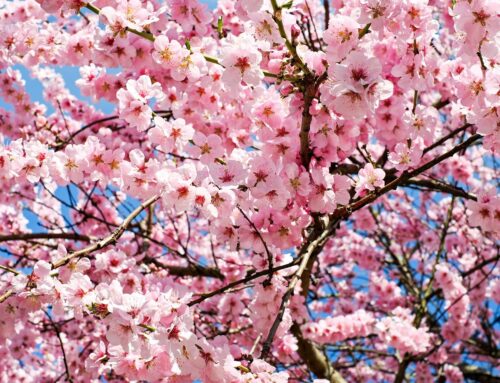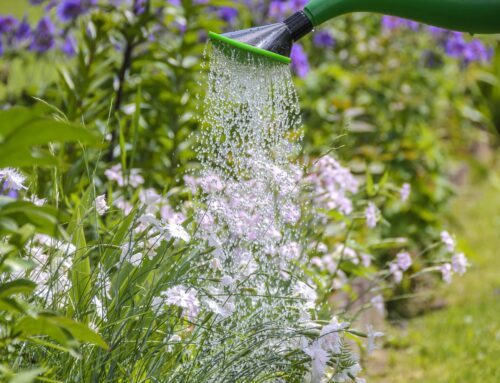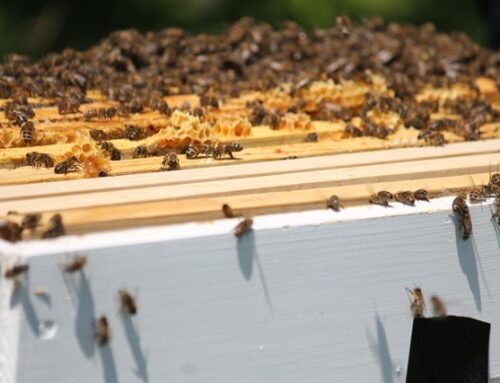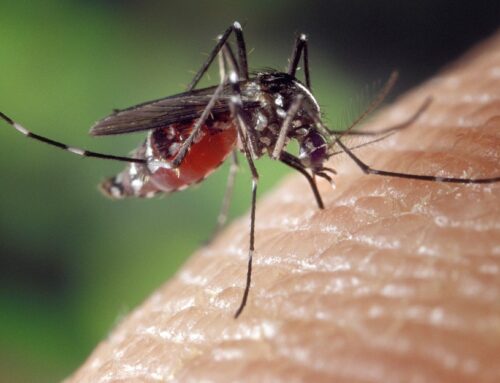Get your yard ready for the growing season with these six tips
By Russell M. Gullo
April is notoriously unpredictable in Buffalo. While we usually get our fair share of April showers, 80-degree days, or even snow, can occur. Still, some early spring tasks can be completed this month that will help beautify your yard for the warmer months ahead. Get a jump on the season with the following gardening activities.
1) Transplant trees, shrubs, and perennials
The best time to transplant is while plants are dormant, and early April is the perfect time. Transplanting while plants are dormant lowers the risk of shock, and ultimately, loss of the plant. To transplant, dig out the soil around the plant to create a ball as large as is feasibly possible to move to your new location, while taking care to disturb as few roots as possible. When planting in the new location, dig your hole at least one-and-a-half times as wide as the root ball, but no deeper. The crown of the roots should be slightly elevated above the ground. Backfill the hole with a quality medium, such as Miracle-Gro® Garden Soil, mulch around it to reduce soil moisture loss, and stake trees if necessary. Keep a watchful eye on the newly transplanted plant, as it will likely require more watering than previously, as it becomes established in the new soil.
2) Cut back grasses and perennials
If you did not do this in fall, now is a good time. Grasses can be cut back to approximately 2”-3” from the ground, as can perennials with thick stalks, such as hardy hibiscus. Most other perennials, such as hostas, can be trimmed to the ground. While they may not look like much at this point, doing this will help ensure they sprout from the roots once temperatures become warmer. We carry a full line of hand tools and gloves to help you get the job done right.
3) Prune back damaged plants
Between snow, cold temperatures, wind, and animals, Buffalo winters can do a number on our landscapes. Go through all your trees and shrubs and prune back any branches damaged by snow or winter die back. If you are not sure if a particular branch has died, here’s a pro tip: take your thumbnail and scratch the bark. If it is green underneath, it is okay and not in need of pruning. If not, cut it back to allow new growth in its place.
4) Clean up leaves and debris
As the snow melts, we can see what was left behind from the fall and winter. Garden beds are often full of leaves, dead annuals, and blown trash. Rake out the beds not only for visual appeal and to get a jumpstart on your spring mulching project, but also to lower the risk of disease to plants, which is often harbored in fallen leaves.
5) Repair lawn damage
While the soil is still saturated, tamp and level any areas in your lawn that were damaged by plows, vehicles, or mice, voles, and moles. This is much easier to do before the soil dries and hardens. Fill in any voids with a quality soil such as Scotts® Turf Builder Lawn Soil. While grass seed generally does not germinate well in soil temperatures below 60°, you will be all set to seed as soon as temperatures warm up.
6) Apply a crabgrass preventer
Crabgrass is an annual weed that dies every winter and then sprouts from seed in spring. It is tough to control once it has germinated, so the most effective means to prevent it is to stop it before it starts. Applying a crabgrass preventer, such as Scotts® Lawn Pro Crabgrass Preventer Plus Lawn Fertilizer, not only stops crabgrass seed from germinating, it also gives your lawn a slow-release feeding of fertilizer that helps it come in lush and full for spring, further preventing other weeds such as dandelions from infiltrating your lawn later in the season.






